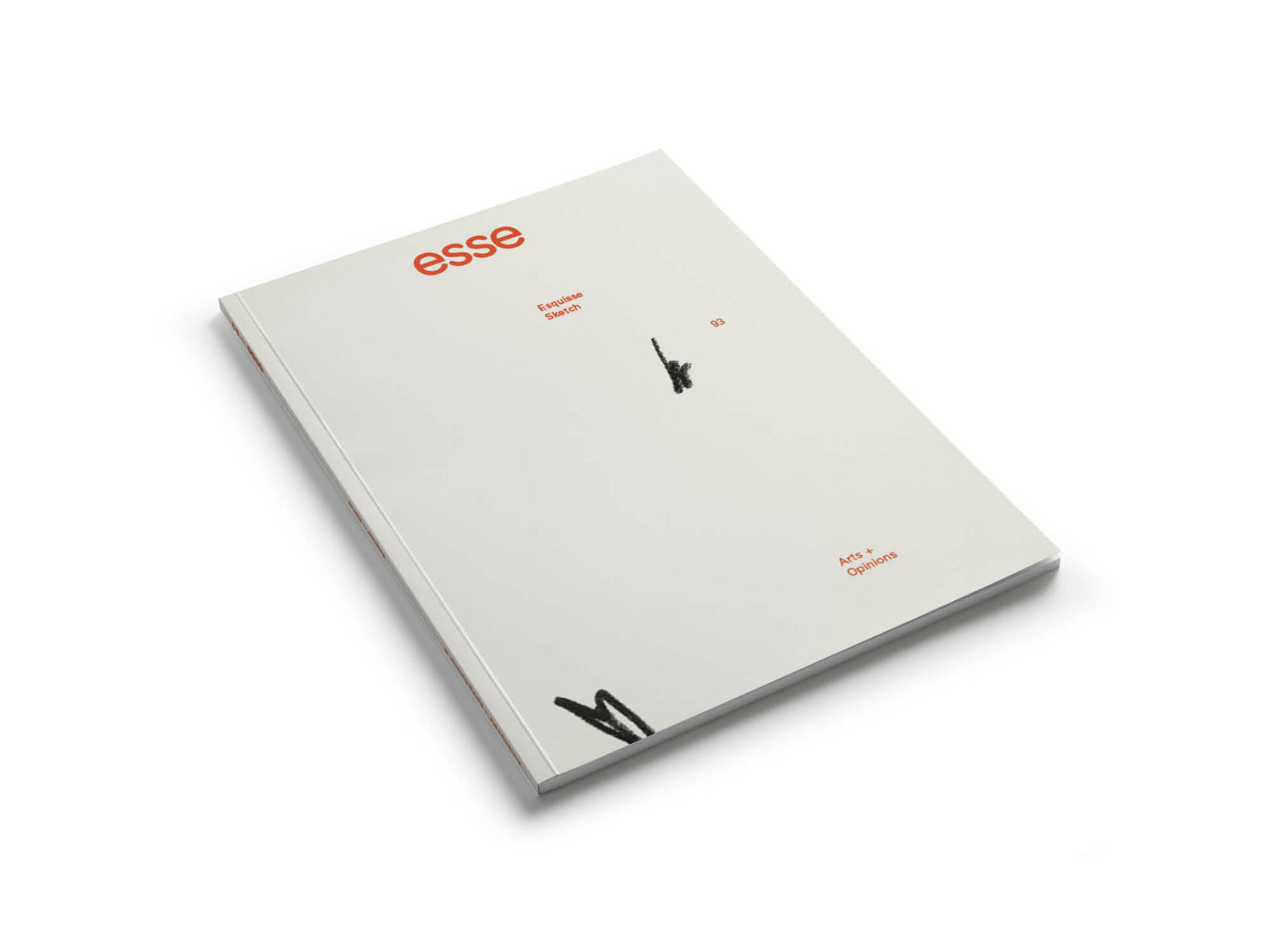
Praxis of the Unfinished
Indeed, dance offers conceptual, methodological, and pragmatic spaces enabling one to broach issues of organizational systems by way of re-examination, transformation, resistance, or transgression. Relying on forms of the incomplete since they are in constant (re)activation, choreographic production (or writing) can readily deconstruct and reconstruct, critique and subvert, by means of the very conventions it follows. The danced gesture generates its own times and spaces within broader systems, in what author and curator Noémie Solomon terms a dual operation that simultaneously incorporates the world and turns its inner contours inside out. According to Solomon, dance thus forges an “intensive outside” and, with the choreographic act, traces new possibilities of existence.1 1 - Noémie Solomon, ed., Danse: An Anthology (Dijon: Les Presses du réel, 2014), 21. 2 - This performativity at the heart of the politics of dance thus opens prospects for reshaping relationships, for choreographing them into a new configuration. In this sense, the potentialities residing in the rapprochement between choreographic production and the unfinished would tend to dismantle models of temporality and linearity by invalidating their premises: the unfinished is defined within blurred limits, in an atemporality that enables it to exist at any given moment.




